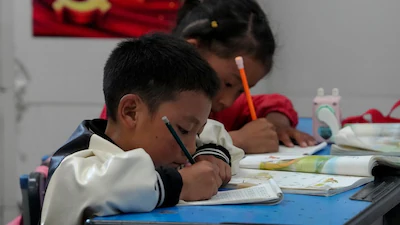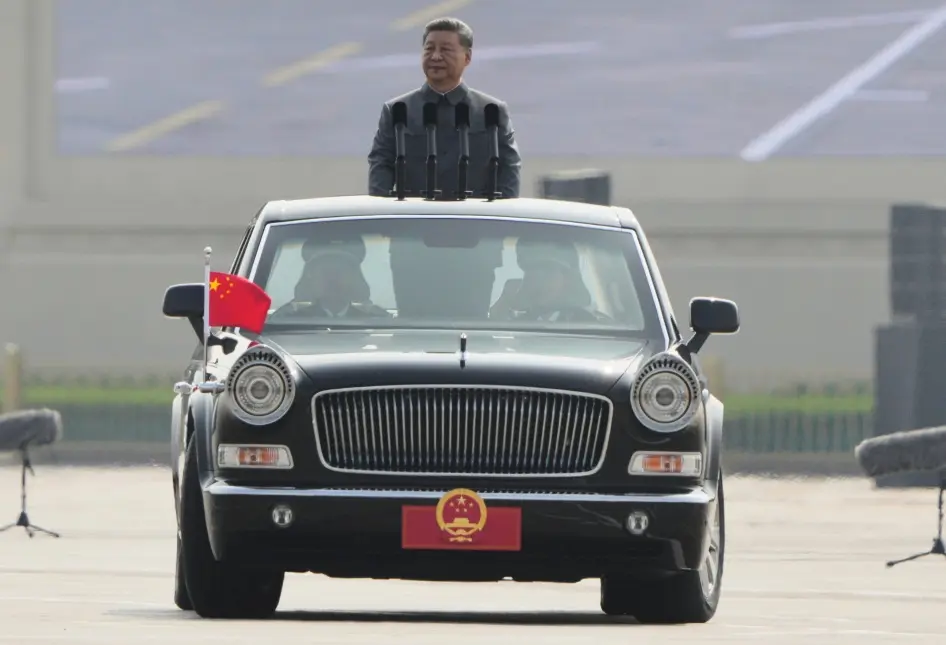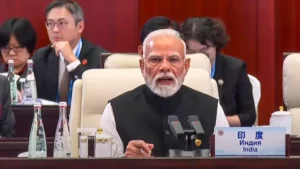Only 13% Chinese population is scientifically literate: Report
China is desperate to overcome challenges in the area of critical technology by investing in science and technology, but whether its tryst would ever materialise is suspected as the country is still struggling with low scientific knowledge—only 13% of its population is scientifically literate, a government-led survey released last month revealed.
The survey conducted by the state-backed China Research Institute for Science Popularisation (CRISP) assessed people aged between 18 and 69 across China and those who scored 70 or above out of 100 questions across four sections: scientific spirit, scientific knowledge and scientific methods were defined as scientifically literate.
But whereas about 15.3% of people in eastern China were found to be scientifically literate, as many as 12% of people in central regions were found to be possessing science- based understanding, while only 10.3% people in western regions were found to have some sort of scientific literacy, CRISP survey said.
In June 2021, China’s State Council issued a national action plan for improving the public scientific literacy over the next 15 years, with goals to make 15% of the country’s total population scientifically literate by 2025, and 25 % by 2035, China Daily said.
However, given the result of the CRISP survey, it does not appear that China will achieve the target of making 15% of the country’s total population scientifically literate, defined by China Daily as one which refers to the understanding of scientific concepts and process, as well as the ability to apply them in analysing and solving real-life, practical issues.
“Chinese citizens’ science literacy is still very low in whatever standard, and it is not enough to support our goal to become an innovation-driven economy,” South China Morning Post quoted Yuan Lan-Feng, an Associate Professor at the University of Science and Technology of China as saying.
Maintaining that China needed to improve the quality of human resources, the CRISP termed science literacy as the “foundation of advancement in civilization and technological innovation.” But CRISP researchers have pointed out China’s fast ageing population and vast rural areas that often lack resources for public education, as the key challenge in improving scientific knowledge.
All this while a 2022 survey quoted by South China Morning Post showed a pathetic level of education among teachers of primary and middle schools across China’s central province of Henan. The survey showed 60% of science teachers in Henan province as those lacking any qualification for the job they handled.
Not only that, primary schools in Henan province were using substitute teachers to make up for a shortfall of over 5,200 science teachers, while more than a half of its school laboratories were under-equipped, said the survey.
Such reports are coming out in the open when Beijing is struggling for scientific and engineering talent to overcome challenges thrown by the US, Europe, and Japan by
denying China access to advanced technologies to power the country’s military and space programmes.
According to the China Institute for Educational Finance Research (CIEFR), the shortfall of talent in the country’s semiconductor industry has doubled since 2019 when it lacked less than 200,000 professionals with quality engineering background.
The same fact gets reflected in another Chinese institution’s data. In a 2021 report, the China Centre for Information Industry Development (CCIID) noted that the country faced a shortage of more than 200,000 quality professionals to manage the activities of the semiconductor industry.
The gap of talent pool is more glaring in the area of Artificial Intelligence. As per a 2022 report of the Institute of China’s Science and Technology and Education Policy (ICSTEP), China is facing a talent shortage in AI of more than 5 million people, a figure that is expected to double by 2025.
In the area of semiconductor, China’s strength has grown from mere 1,300 registered companies in 2011 to 22,800 companies by 2020, The Guardian, a UK-based daily newspaper said. With this, the number of professionals in China have also increased, but they lack quality as the country wants to manufacture the most up-to-date chips which are five nanometres or smaller.
As per the British daily, China’s semiconductor industry is mostly dominated by chips that are 24 nanometres or above. In 2022, China’s biggest chip maker, Semiconductor Manufacturing International Corporation (SMIC) reportedly produced a 7-nanometre chip.
Even though it represented a significant improvement in chip manufacturing capability, experts doubt that SMIC would be able to produce such semiconductors at larger scale. In the midst of all this, the US is on a spree to clamp down on China in an attempt to prevent it from laying hands on sensitive technologies by imposing one after another restrictive measures against Beijing.
On August 9, this year, US President Joe Biden signed an executive order barring new US investment in China in critical technologies like semiconductor, microelectronics, quantum information technologies and certain artificial intelligence systems. The measure is aimed at preventing China from developing technologies that could support its military modernisation programme, Reuters said.
Last year in October, the US Commerce Department barred US citizens and permanent residents from extending support to China in developing and producing advanced chips.
Under the US technology export rules, American citizens who decide to work in Chinese firms, may risk losing US citizenship. Notably, the US export control rules target not just individuals but also companies. These rules envisage US companies to require licenses before exporting sensitive technology to China-based entities.
Manufacturers like Intel and Micron are required to get a license from the US Commerce Department in order to export semiconductors and chip-making equipment to Chinese companies.
Earlier in January, Japan and the Netherlands agreed in principle to implement the US export regulations on China and restricted the sale of AI chips and advanced machine tools to China. Coupled with China lacking sufficient talent and US and its allies’ consistent attempt to deny Beijing an access to critical technologies, will the country be successful in having a technology and innovation-driven economy in the immediate future is in the realm of doubt.











